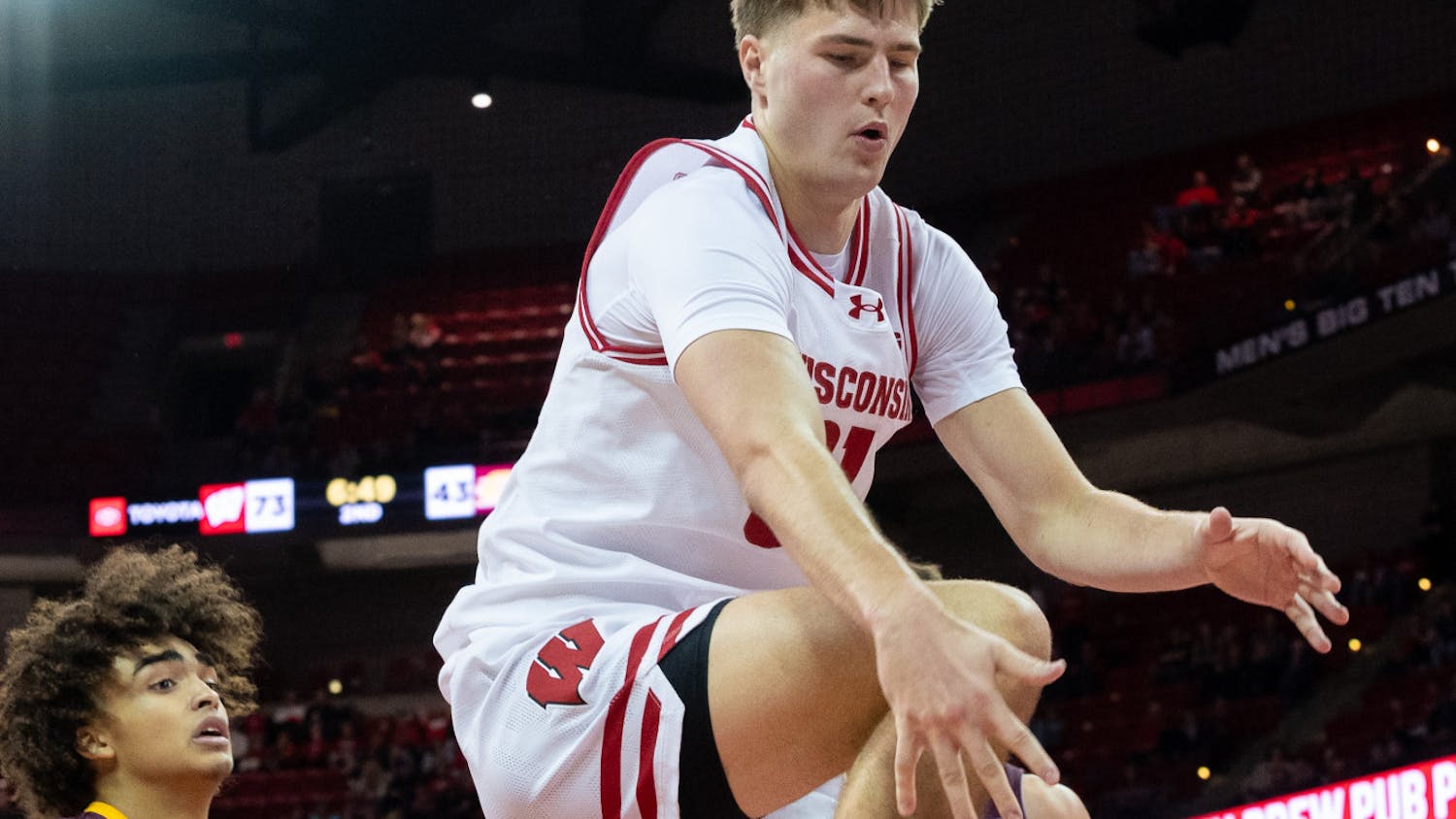In the latest breakthrough in one of the most important cases in college sports history, a federal judge granted preliminary approval on a settlement that proposes a system in which schools can pay athletes directly through revenue sharing.
The House vs. NCAA case involves settlements culminating in $2.78 billion from three separate antitrust cases facing the NCAA. The results of the case could change the face of college sports forever.
When finalized, the motion will deliver drastic effects in multiple ways.
First, universities will be able to directly pay players for Name, Image, Likeness (NIL) purposes beginning in 2025. Second, it paves the way for the $2.78 billion, paid out in annual chunks of $280 million, to be split up and dispersed in the form of retroactive payments for former college athletes dating back to 2016.
The starting funds for direct player compensation are bound to begin in the 2025-26 school year at more than $20 million for each Division I school, with goals to raise that number gradually. The funds allocated for athletes come from 22% of revenue created in the average Power Four school’s — such as the University of Wisconsin-Madison — media deals, ticket sales and sponsorships, according to Sports Business Journal.
Meanwhile, the $2.78 billion used for compensating former athletes comes from a variety of enterprises, with the NCAA owing $1.1 billion. Around 40% of the remaining money would come from the Power Four conference and the Pac-12, while the other 27 Division I conferences would be responsible for the remaining 60%, according to Sports Business Journal.
What does this mean for student-athletes at Wisconsin?
Student-athletes at Wisconsin will now be able to be paid directly from the university. $20 million of the money Wisconsin creates as a Power Four school from TV deals, ticket sales and sponsorships will now be dispersed between athletes.
For student-athletes at UW-Madison, these changes are seismic. In less than five years, athletes have gone from receiving no compensation to now being directly paid. No longer bound by only a collective, these athletes will receive much more, especially those in the university’s most revenue-generating sports: football and men’s basketball.
And as a school known for its major athletics, these decisions will create new opportunities and challenges for Wisconsin. These measures mark an obvious step in the right direction in terms of compensation for student-athletes, but the overall vagueness of the decisions leaves plenty of questions unanswered.
It remains unclear which athletes will be paid and in which proportions. How much of the money is allocated toward athletes in the sports that create the most revenue?
Also unanswered are the effects of these proposals on Olympic sports, which aren’t major revenue creators.
At most major universities, including Wisconsin, football creates around 75% of the athletic revenue, according to Sports Business Journal. But would it be fair to give much of the allotment to such a small percentage of the overall student-athlete body? After all, Wisconsin fields 23 varsity teams.
And challenges will surely arise based on how Title IX, which creates gender equity in college athletics, plays into the spending.
In the case of college basketball, will men’s players be paid disproportionately more than women’s players? These are the types of questions that will need to be answered as the settlement finalizes in April.






